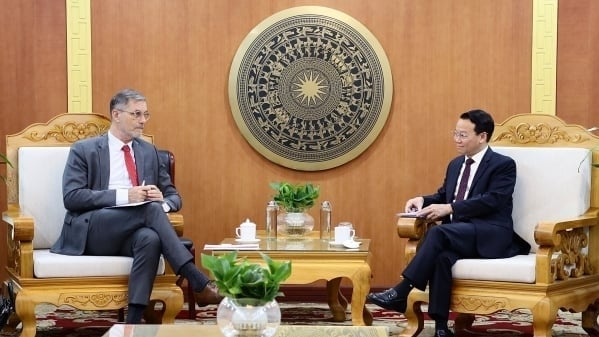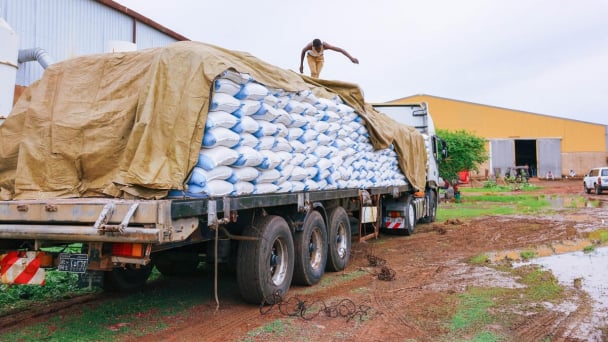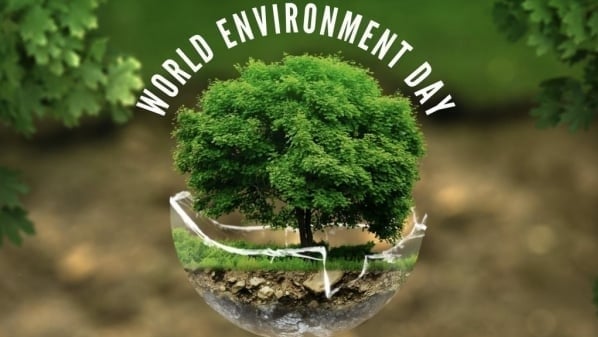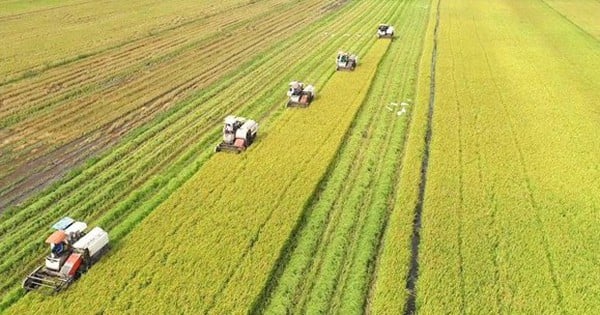May 21, 2025 | 22:30 GMT +7
May 21, 2025 | 22:30 GMT +7
Hotline: 0913.378.918
May 21, 2025 | 22:30 GMT +7
Hotline: 0913.378.918
The Directorate of Fisheries (Ministry of Agriculture and Environment) have recently issued a document addressed to the Sub-Departments of Agriculture and Environment in coastal provinces and cities, as well as inland provinces in the Mekong Delta, emphasizing the need to strengthen the management of aquaculture production in response to the United States' preliminary announcement of reciprocal import tax rates on Vietnamese seafood exports.
The document highlights that in 2024, Vietnam’s seafood exports have reached over 170 countries and territories worldwide. Among the largest markets for Vietnamese seafood are China and Hong Kong, the United States, Japan, the European Union, and South Korea, which together account for significant market shares of 21.7%, 18%, 15.1%, 9.9%, and 8%, respectively. Other countries and territories make up the remaining 27.3%. The total export turnover for Vietnamese seafood has exceeded 10 billion USD.

The Directorate of Fisheries recommends that local authorities guide the application of advanced scientific and technological techniques to optimize the production chain, aiming to enhance the productivity and quality of seafood products. Photo: Hong Tham.
In the first quarter of 2025, the seafood industry continued to perform well, with an estimated production output of 1.99 million tons, marking an increase of 2.8% compared to the same period in 2024. Specifically, fish production reached over 1.48 million tons, an increase of 2.9%; shrimp production exceeded 202 thousand tons, up 4.6%; other seafood types reached nearly 311 thousand tons, an increase of 1.5%; and the total export value of seafood reached 2.29 billion USD, reflecting a significant growth of 18.1% compared to the same period in 2024.
However, on April 3, the United States announced preliminary import tariffs on more than 180 economies, with Vietnam facing a hefty 46% duty. This new tariff is expected to have a significant impact on the production chain of Vietnam’s seafood industry
In response, on April 4, General Secretary To Lam held a phone conversation with President Donald J. Trump to discuss the matter and reaffirm that both sides would soon engage in negotiations to sign a bilateral agreement. This agreement would formalize the commitment to a 0% import duty on goods traded between the two countries.
On April 6, Prime Minister Pham Minh Chinh stressed the importance of staying calm and resolute in facing these challenges. He urged local authorities and businesses not to panic or be overly anxious but to maintain their strength, intelligence, and composure in dealing with the situation. The Prime Minister emphasized that this is an opportunity to strive for growth, to overcome obstacles, and to contribute to the restructuring of the economy, markets, production, and export sectors.
During the period when the two governments are negotiating to reach an agreement, for the benefit of the people and businesses, Vietnamese seafood farmers and enterprises need to avoid the fear-driven mentality that may lead to hasty harvesting of farmed seafood or restricting production and new planting. Such actions could disrupt production plans and hinder the industry's growth targets.
To proactively prepare for the worst-case scenario and develop a positive strategy, the Directorate of Fisheries recommends that the Sub-Departments of Agriculture and Environment in coastal provinces, cities, and inland provinces in the Mekong Delta immediately direct relevant local units to implement the following actions:
- Closely monitor production areas and ensure that local authorities provide comprehensive guidance on proper management techniques for the currently farmed seafood. Regular updates on the situation should be provided, ensuring that information is up-to-date and accurate. Additionally, local authorities should offer market information to farmers and businesses, helping them feel reassured and confident to maintain stable production while the relevant ministries and agencies continue their negotiations with the U.S. Government.
- Provide clear instructions on the application of advanced scientific and technological techniques to optimize the production chain, enhance productivity, and improve the quality of seafood products. These measures should include implementing effective cost-reduction strategies to lower production costs and boost product competitiveness. At the same time, emphasis should be placed on building and promoting strong brand identities to help Vietnamese seafood stand out in the global market. Ensuring strict control and traceability of product origins is crucial to avoid any accusations of fraudulent labeling by the U.S. In preparation for the scenario where negotiations with the U.S. may not succeed, local authorities and businesses should actively explore alternative export markets, including China, Hong Kong, South Korea, the EU, and Japan, while also seeking to identify and develop new markets for Vietnamese seafood.
- Organize production linkages to reduce intermediaries and enhance the efficiency of the seafood production chain. This includes coordinating and supporting processing businesses to increase their purchase volumes, while also helping to temporarily store raw materials during the period when export market negotiations with the United States are still ongoing and the appropriate tariff levels have not been finalized. This approach will help create favorable conditions for businesses to speed up deliveries and fulfill orders within the next 1-3 months.
- Focus on developing new and suitable products for both domestic and international markets, while also providing necessary support for businesses in the seafood processing sector. Facilitate the connection between processing enterprises, local aquaculture farmers, and distribution channels such as supermarket chains, hotels, and restaurants to strengthen domestic consumption.
- Timely provide information on the production situation and solutions to mitigate the negative impacts when the United States imposes reciprocal taxes on seafood imports from Vietnam. This will enable coordination with the Directorate of Fisheries to advise the Ministry of Agriculture and Environment on production management and necessary actions.
Translated by Phuong Linh

(VAN) On May 21, Minister of Agriculture and Environment Do Duc Duy worked with Mr. Olivier Brochet, Ambassador Extraordinary and Plenipotentiary of the French Republic to Vietnam.

(VAN) VRG recently conducted a visit and working trip to the United States to demonstrate its efforts in redefining the role of rubber enterprises in the global value chain.

(VAN) In 2024, over 295 million people across 53 countries and territories faced acute hunger—an increase of almost 14 million people compared to 2023, while the number of people facing catastrophic levels of hunger reached a record high.

(VAN) World Environment Day 2025 (June 5) carries the theme 'Beat Plastic Pollution' continuing to emphasize the global urgency of addressing the plastic waste crisis.

(VAN) This was the assessment shared by experts at the workshop titled 'Assessing the Role and Potential of Low-Emission Rice Production Systems in Vietnam,' held on the morning of May 19.

(VAN) Cai Rong Port is the fisheries control center of Quang Ninh, helping to monitor fishing vessels, combat IUU fishing, and remove the EC's 'yellow card'.

(VAN) The German Agricultural Society (DLG) explores the possibility of establishing a mechanization service center in Vietnam’s Mekong Delta to support farmers in accessing and utilizing advanced machinery.